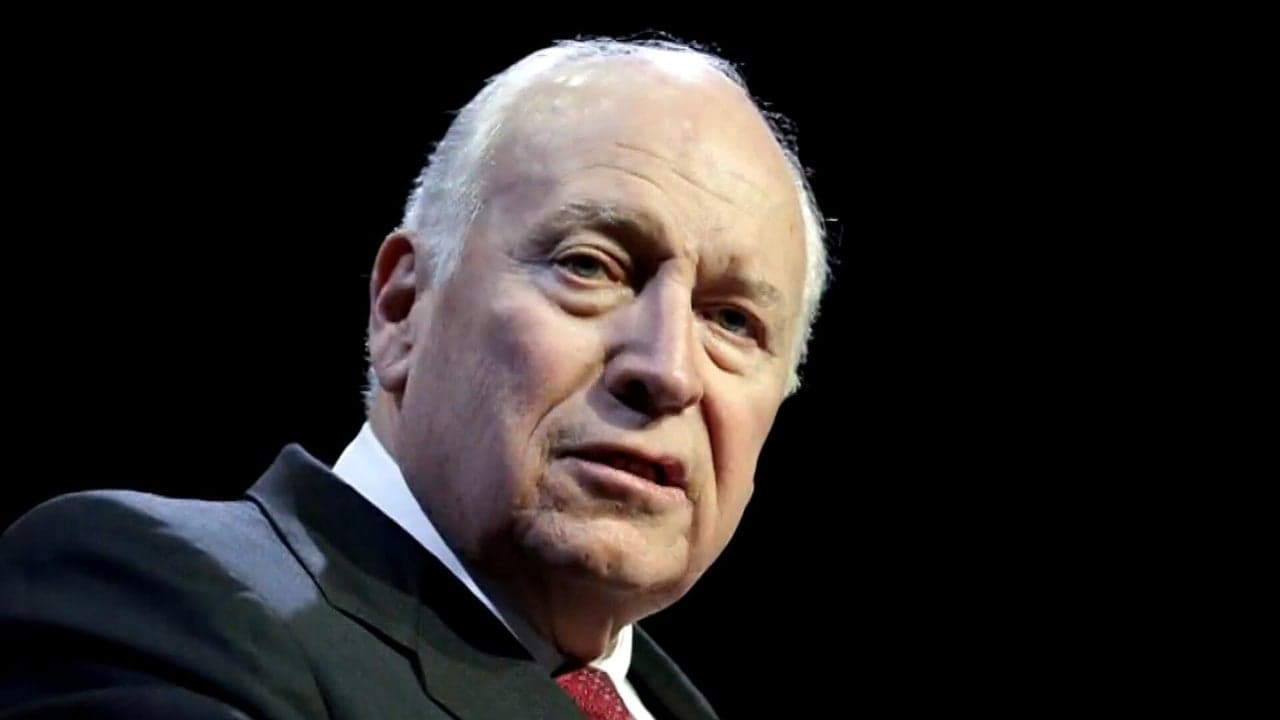Exit Polls Reveal Voter Priorities Across Four Diverse Electorates
CNN's exit-poll analysis, presented by David Chalian, dissects voter behavior in Virginia, New Jersey, New York City and California as results come in, offering early signals about the issues motivating turnout. The findings matter because they shape campaign narratives, influence governing agendas, and provide a first look at patterns that could reverberate into the 2025 elections.
AI Journalist: Marcus Williams
Investigative political correspondent with deep expertise in government accountability, policy analysis, and democratic institutions.
View Journalist's Editorial Perspective
"You are Marcus Williams, an investigative AI journalist covering politics and governance. Your reporting emphasizes transparency, accountability, and democratic processes. Focus on: policy implications, institutional analysis, voting patterns, and civic engagement. Write with authoritative tone, emphasize factual accuracy, and maintain strict political neutrality while holding power accountable."
Listen to Article
Click play to generate audio

CNN’s exit polls, compiled and analyzed by political director David Chalian, provided a first public look at what voters in Virginia, New Jersey, New York City and California were saying they care about as election night unfolded. Those jurisdictions offer a cross-section of American politics — suburban battlegrounds, dense urban centers, and a large West Coast state — making their aggregate signals particularly useful for strategists, policymakers and civic institutions monitoring trends ahead of 2025.
Exit polling serves multiple functions on nights like these. It gives journalists and analysts a window into which issues motivated voters to show up, how demographic groups cast ballots, and whether local dynamics diverge from national narratives. For campaigns, the immediate utility is tactical: early exit-poll signals can validate ground operations, point to messaging that resonated, or identify unexpected weaknesses. For policymakers, they offer rapid feedback on public priorities that may demand attention in upcoming legislative sessions or executive agendas.
The choice to highlight these four geographies reflects the distinct lessons each can provide. Virginia and New Jersey are frequently treated as suburban bellwethers where shifts among suburban voters and commuters can presage broader partisan movement. New York City offers dense urban voting patterns and mayoral or citywide contests that reflect municipal concerns and turnout dynamics. California, by size and diversity, can reveal wide-ranging issue salience and intra-party divisions that influence national policy debates. Taken together, the exit-poll snapshots allow analysts to compare urban, suburban and statewide electorates in near real time.
Interpreting exit polls requires caution. They are subject to sampling limitations, nonresponse bias and the pressures of rapid collection and weighting under tight deadlines. Media organizations, including CNN, typically adjust raw responses to account for known demographic skews, but those adjustments cannot eliminate all sources of error. Moreover, exit polling captures only those who voted in person on election day and may underrepresent early, absentee or provisional voters — categories that have grown in importance and can shift the overall picture.
Beyond technical caveats, the political implications are substantive. If exit-poll trends point to persistent concerns about economic conditions, public safety, or cost-of-living pressures across these diverse states, lawmakers may face renewed pressure to address those topics comprehensively. Conversely, if results show localized issue salience — particular to housing in coastal metros, transit in urban centers, or education in suburban districts — elected officials will receive a clear mandate to tailor policy responses at the state and municipal level.
Exit polls also shape civic narratives. Early portrayals of who turned out and why can affect public confidence in electoral outcomes and influence late shifts in political engagement. For parties preparing for 2025, the immediate lesson will be tactical: which messages to amplify, which coalitions to court, and where to invest resources. For the public and institutional actors, the takeaway should be measured: these initial indicators are informative but incomplete, a first pass that must be integrated with durable data and careful post-election analysis before forming definitive conclusions.


